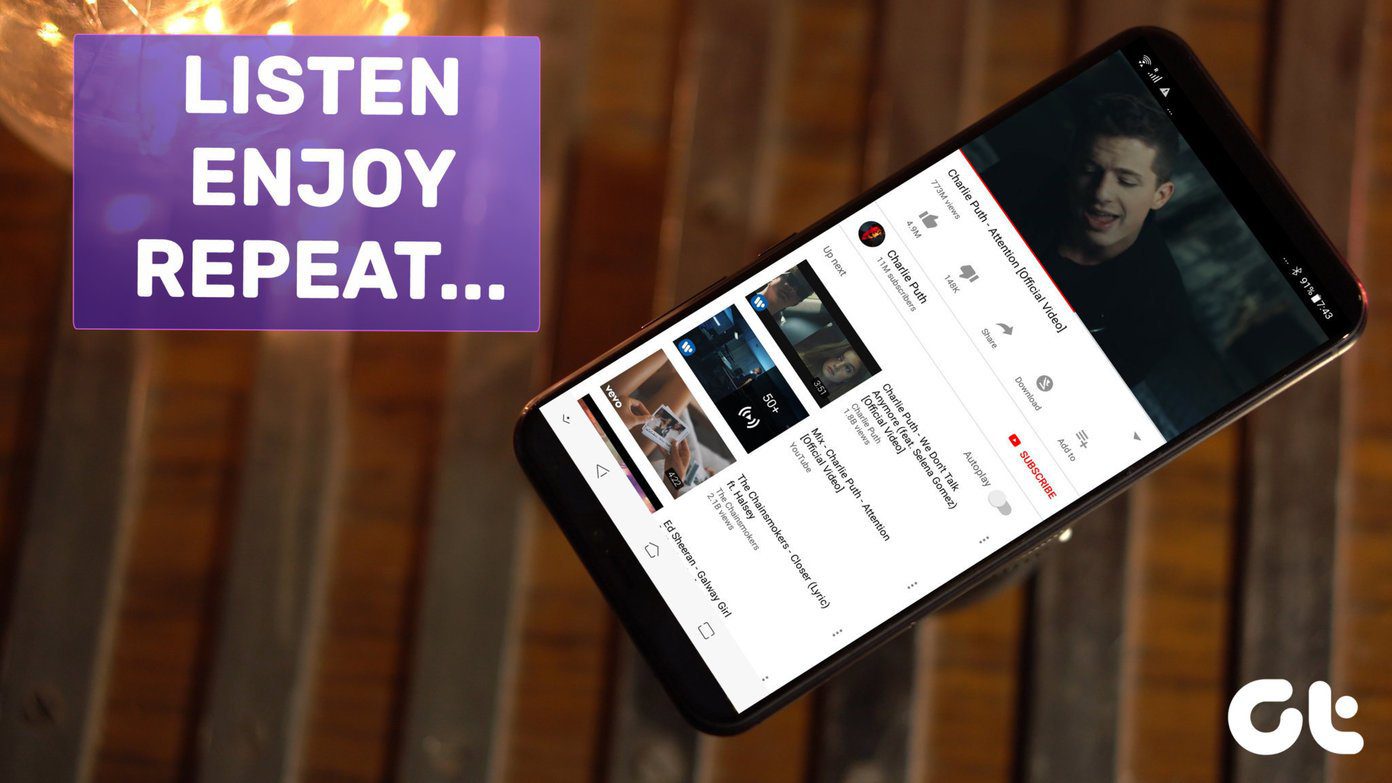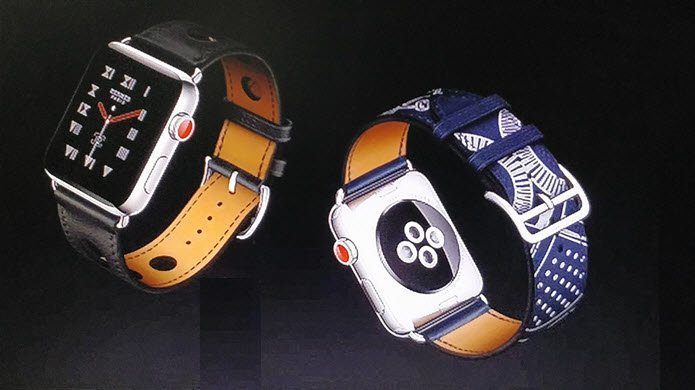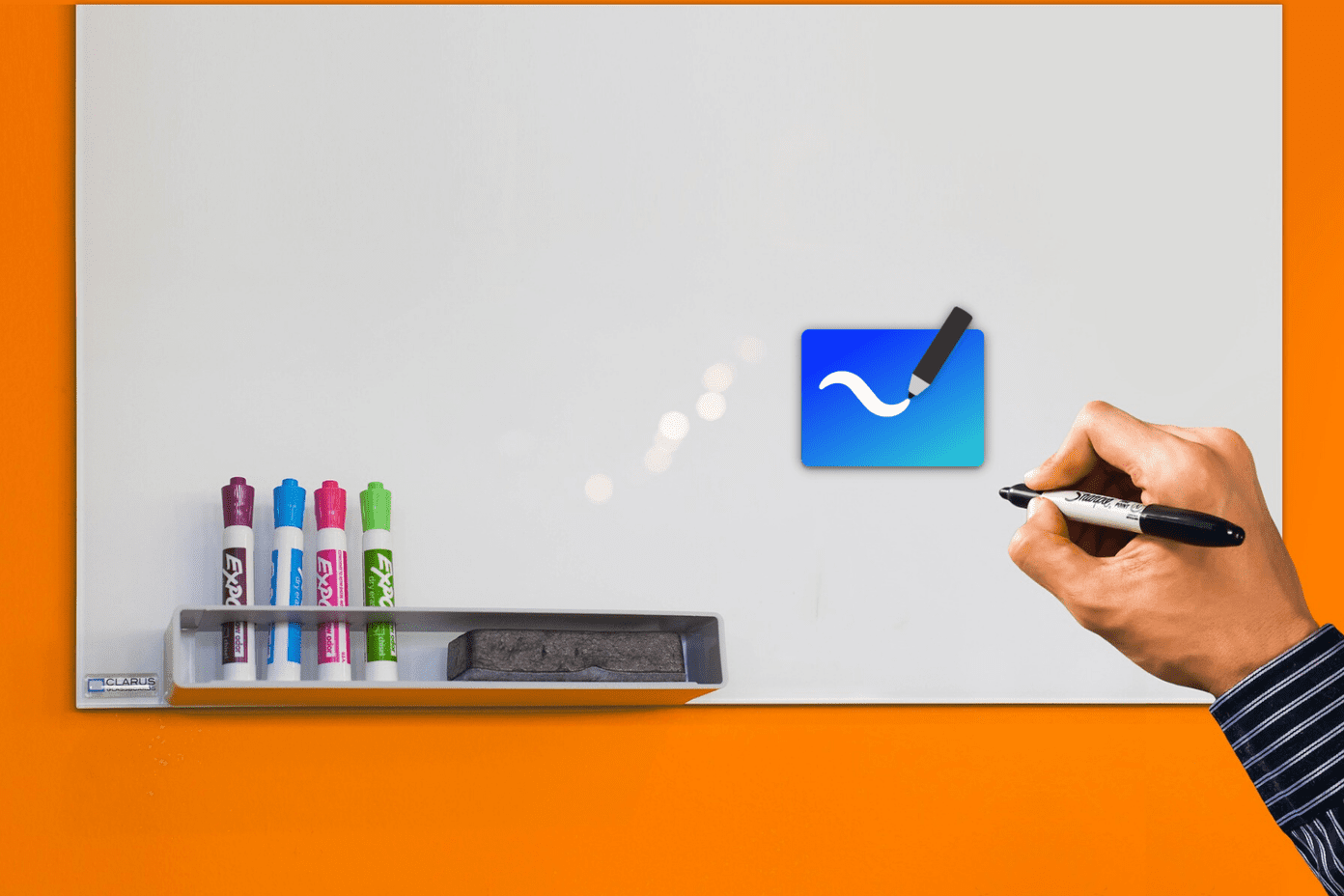Workflow is all about creating multiple series of tasks that you can call upon at any time with one tap. Workflow takes care of all of them to get to your desired goal. IFTTT, an acronym for “If This Than That,” lets you set up one task to trigger another one automatically and integrates with a wide variety of services. To get a better idea of the differences between the two and which one better suits your needs, let’s compare the good and the bad in each.
IFTTT and Workflow Have Different Definitions of ‘Automation’
It’s true that IFTTT and Workflow help you automate your life, but really only one app honors the true definition of automation, meaning that no action is required on your part. That app is IFTTT. With IFTTT, you set up your “recipes” to run automatically without even thinking about checking them or launching them. You can tell IFTTT to fetch you the weather every day at 8 a.m. or automatically upload your Dropbox photos to Facebook and it’ll do those for you from now on. You never have to go back into the app again for this to happen. Workflow, however, requires that you choose your “recipe” and launch it on demand. If you want to get the lyrics to a current song that’s playing, you need to open Workflow and choose the Get Lyrics recipe to launch the flow of tasks that can do this for you. It’s not capable of automatically opening lyrics for you when a new song starts playing, as an example. Workflow requires your attention to complete, IFTTT does not.
Workflow Can Do Far More at One Time
IFTTT focuses on just two things with every recipe you make, the “this” and the “that”. This is useful and allows for a wide variety of automated tasks, but essentially limits it to completing one major task per recipe. Workflow’s goal is ultimately the same, but does a lot more to get you there. Take the Pizza Assistant workflow available in the gallery. This would never be possible in IFTTT because it has too many different steps – far more than its permissible two. When you tap your Pizza Assistant in Workflow, it will proceed to search local pizza restaurants, ask you to choose one, dial the place for you, then set a reminder to go pick up the pizza based on how long it will take to travel there and how long they specified the pizza will take before it’s ready. That’s well over a dozen steps in one giant workflow. IFTTT works very differently. It’s not capable of finding pizza places and calling them for you, but instead harnesses most of its power from what third-party services can do. For instance, you can have it automatically set a reminder to call a restaurant when you add a new Foursquare venue to your to-do list. You can set up another recipe to tweet the Instagram photo you took with hashtag #pizza. Little by little these things definitely add up and become useful, especially since with IFTTT you set it and forget it, but Workflow can still complete more steps at once and is therefore capable of handling more complex tasks. Tip: Workflow even allows you to add workflows directly to your home screen to launch without even opening the app. Just tap the Share icon in any workflow, tap Add to Home Screen and follow the instructions on screen.
IFTTT Integrates with More Services
Remember how IFTTT harnesses most of its power from third-party services? That is its primary advantage over Workflow, if not the true automation itself. Each service then has its own list of options. For instance, my trigger for Pocket could be when I add a new item, when I archive an item, favorite or tag an item. Then I move on to the action that IFTTT automatically launches based on the trigger. All of the services are here again to pick something to get done, meaning there’s endless combinations. I could say that every time I favorite an item in Pocket, share it on Twitter. Done. In Workflow, you can choose between a normal workflow and an action extension, so that alone does add some flexibility. It does integrate with quite a few services (and wisely suggests them based on which apps you have installed) but seems more geared toward localized tasks.
IFTTT is Worlds Easier to Use
There’s absolutely no doubt in my mind which of the two apps is the easiest to use. IFTTT is extremely easy to set up and configure while I found Workflow in a number of instances to be downright difficult. Workflow requires that you have a bit more programming knowledge than the average consumer probably does. You’ll save a significant amount of time and stress just browsing Workflow’s gallery of pre-made workflows and downloading those for free to use. As I looked through the “Share Most Played Songs” workflow, I realized I would have never thought those were the steps necessary to share your most played songs upon calling a workflow. It feels a bit too much like running code and hoping for the best. There’s always a solid chance that the workflow you create won’t have the desired result because of the way you mixed and matched steps, or perhaps left steps out entirely. IFTTT will almost always produce the desired result because there are only two steps and both are crystal clear in their explanations.
Workflow is $5 More Expensive… Than $0
This is a pretty easy one, but let’s break it down anyway. Workflow costs $4.99 in the App Store. While the number of features it offers gives it the potential to be extremely powerful, it doesn’t support as many services as IFTTT, can’t perform tasks in the background or on repeat, and isn’t nearly as easy to use. IFTTT is totally free and on top of what it can do, it can do all of it on more devices: iOS, Android and on the web at ifttt.com. Workflow is limited to iPhone and iPad. IFTTT is the better value.
Winner: IFTTT
Workflow proves to be extremely powerful with condensing dozens of tasks into one or two taps, but this is about which app is better at automating your life. In that regard, the winner is IFTTT. There’s no beating its incredible capabilities to set up a recipe and forget it. IFTTT just silently works its magic in the background. Both apps do serve slightly different purposes though, so if you’re looking for something with more of Workflow’s on-demand capabilities, it’s still worth checking out. Otherwise, IFTTT will make your life easier at least in one way or another. The above article may contain affiliate links which help support Guiding Tech. However, it does not affect our editorial integrity. The content remains unbiased and authentic.
















